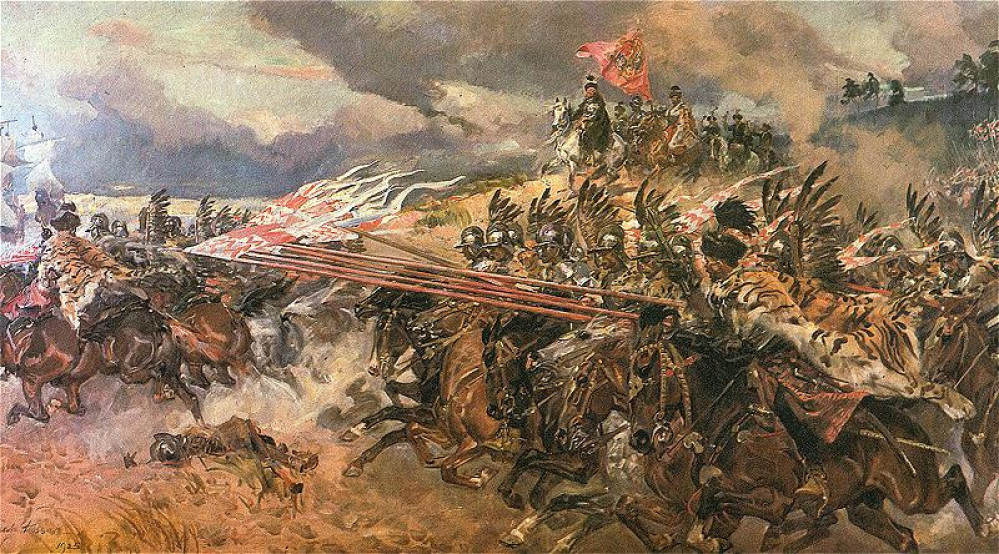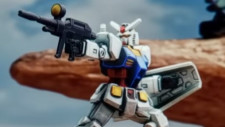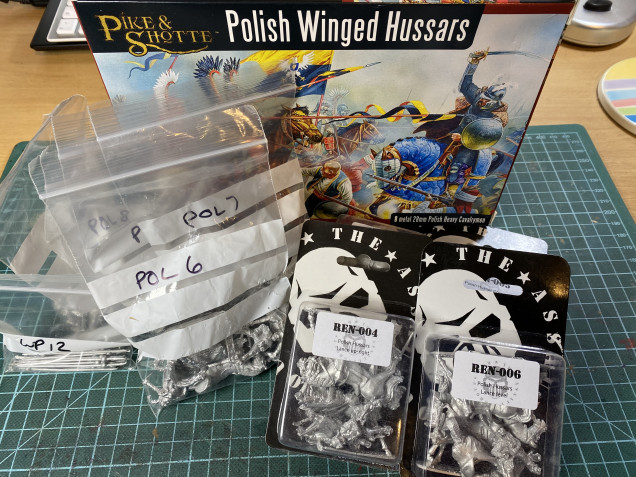
Husaria - Building a Polish army for the 1620s
Diving In!
While searching for a particular campaign and battle, I had already (perhaps impetuously!) ordered some figures. I started with figures from Warlord (link), The Assault Group (link) and Foundry (link). All of these are metals. I already have lots of figures from their 17th century ranges in my TYW armies, and so I was hopeful that their Polish ranges would also mix together ok.
From reading the books in the previous project post, my idea of what would look right for 1620s hussar units began to form:
- Exact equipment would have varied to some degree in each company, or ‘banner’ of Hussars. A Rotmistrz was responsible for the recruitment of each Hussar banner. The nobles recruited in to the Hussars were known as ‘companions’. Each companion brought a retinue of followers, who would have formed the rear ranks of the banner in battle. The companions lavished their wealth on luxurious equipment and also equipped their retainers. So, some variety in the figures used to represent my miniature banners, would feel right.
- The best equipped Hussars had back and breast plate armour (often with strips of plates), a helmet with nose guard and ‘lobster’ style neck guard, and chain mail sleeves with chain mail thigh protection.
- The Hussars would wear cloaks, with the best equipped having animal pelts such as leopard, wolf, or even tiger.
- The Hussars’ most striking piece of equipment was the ‘wings’ of vulture or eagle feathers. However there is a lot of uncertainty about how these were shaped and worn, how they evolved over time, and whether they were worn in particular battles at all. I have chosen to represent wings as attached to the rear of the saddles, and being worn singularly, sometimes in pairs, or not at all by the poorer Hussars.
- The Hussars iconic weapon was the long lance. This was longer than the typical lance used in the west, and had a distinctive ball shaped guard above the grip. The painted lances, with their long colourful pennons, were probably distinct for each banner of Hussars.











































































Leave a Reply